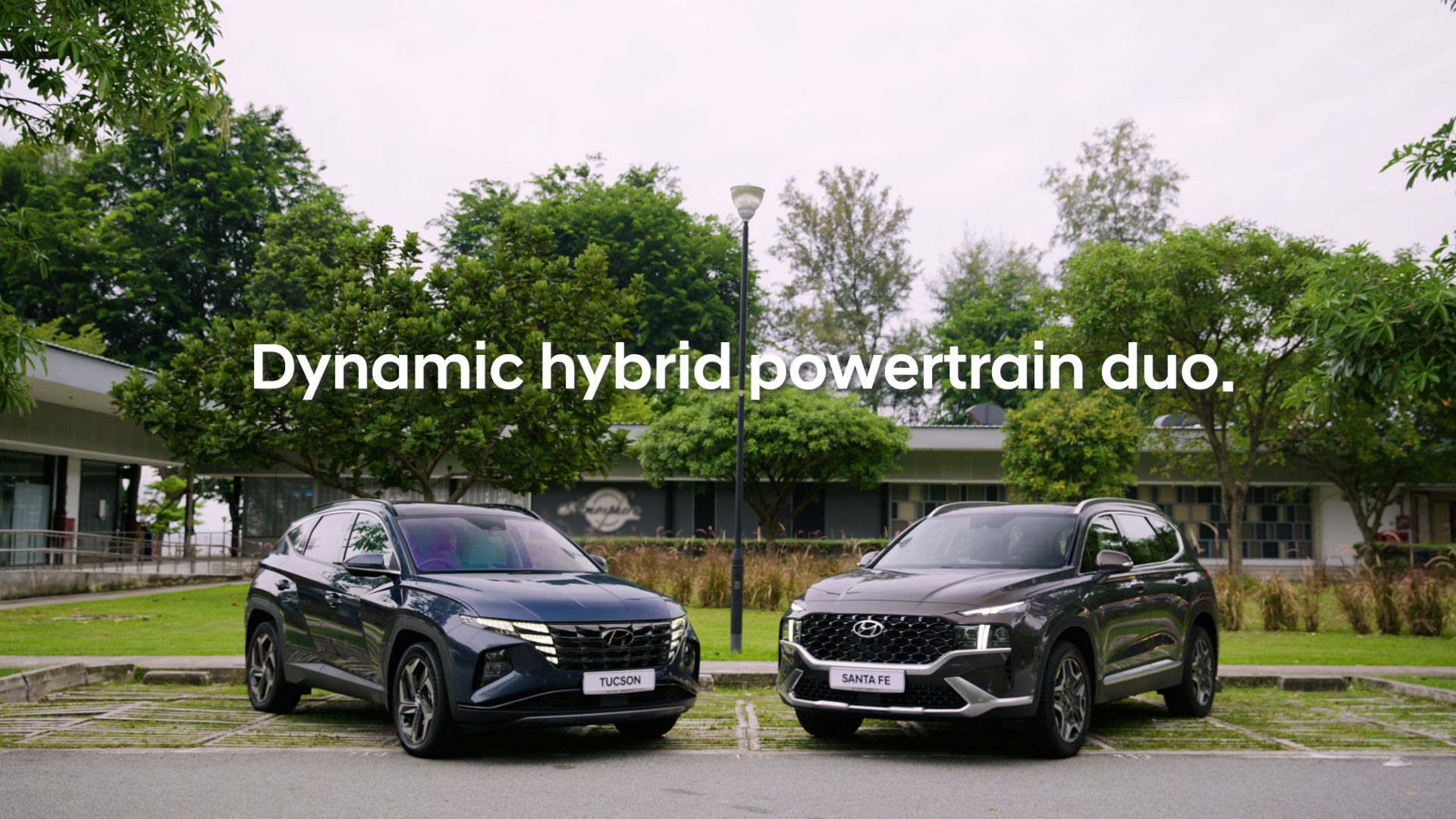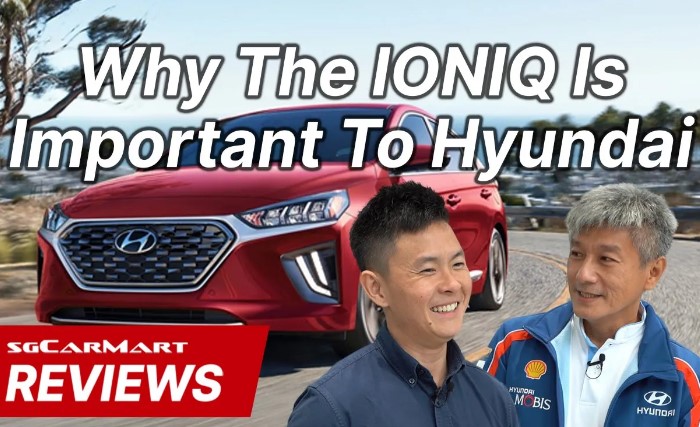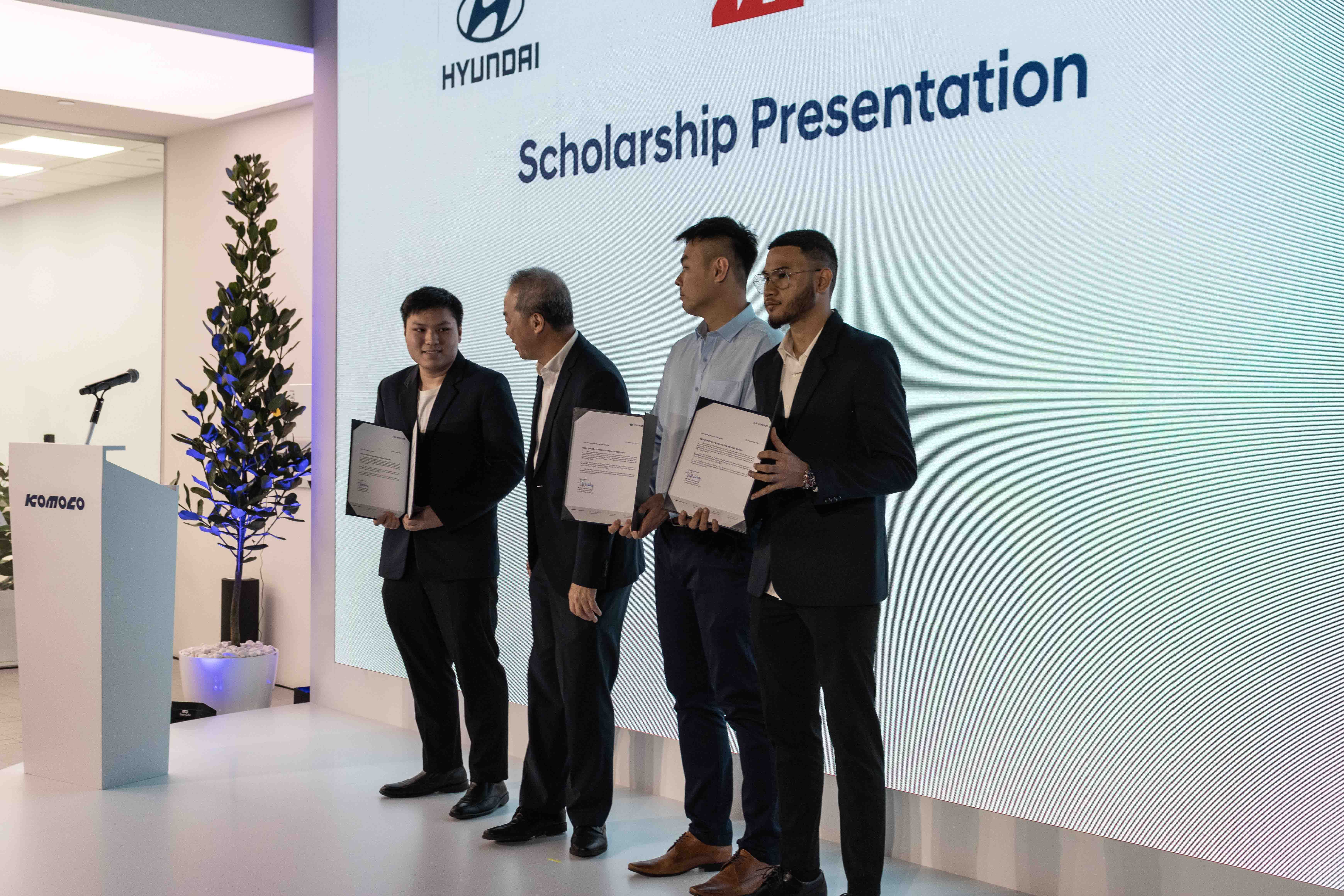Termed parametric dynamics, the new Tucson integrates a bold eclectic mixture of lines, angles, faces and shapes all-round.
The Tucson is Hyundai’s best-selling model globally, with more than 7 million units sold since its launch in 2004. It was paramount Hyundai ensured that its 4th generation Tucson continued to exceed sales expectations.
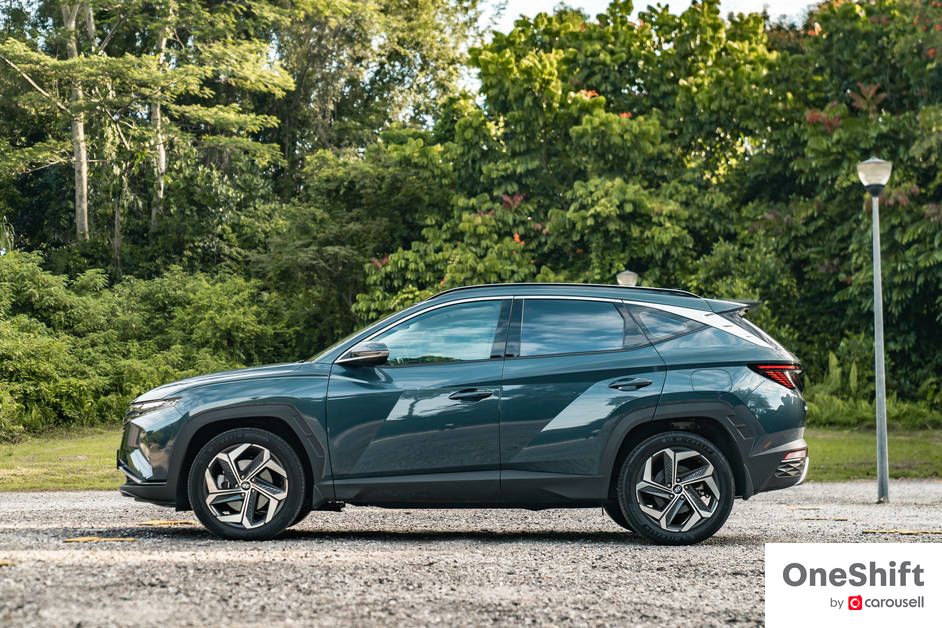
Earlier generation of Tucsons could be described to be utilitarian and reliable workhorses but they hardly stirred any emotions from a design or driving experience perspective. The new Tucson was developed with the company’s ‘Sensuous Sportiness’ design identity that integrated 4 fundamental elements: Proportion, Architecture, Styling and Technology. This ethos can be seen throughout the 4th generation Tucson.
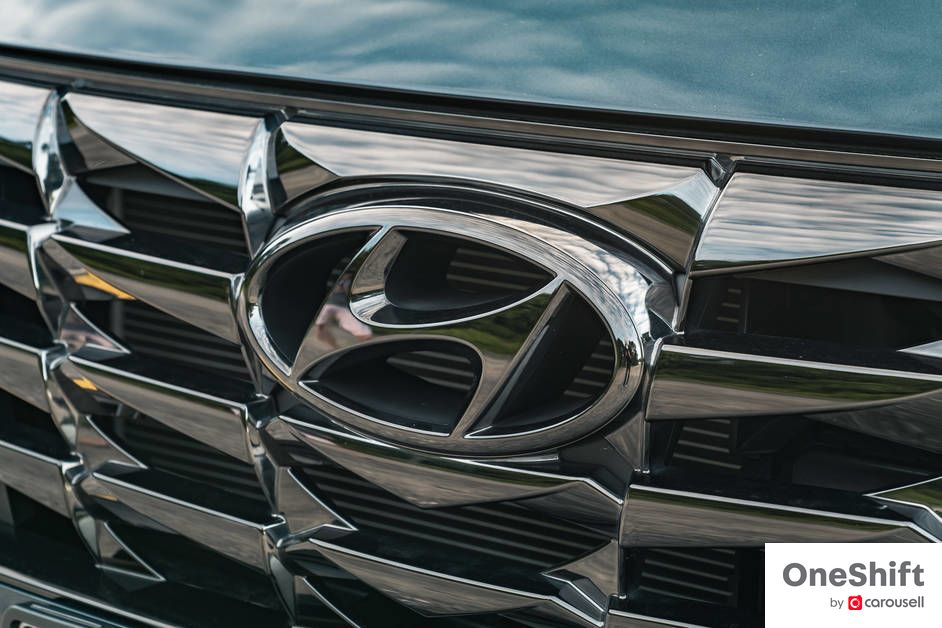
Moving away from traditional drawings and sketches, Hyundai’s designers utilised geometric algorithms to create a futuristic design. Termed parametric dynamics, the new Tucson integrates a bold eclectic mixture of lines, angles, faces and shapes all-round. It definitely catches one’s attention at first glance.

The front grille clearly embraces the parametric design language. When the LED Daytime Running Lights (DRLs) are off, the front of the vehicle appears to have a wide T-shaped grille that is pieced together by numerous geometric shapes. Turn the LED DRLs on and the side flanks of the grille transform into dark chromed jewels. The main headlight assembly is integrated vertically by the edge of the bumpers. It's quite a unique and eye-catching design by Hyundai for a mainstream model.
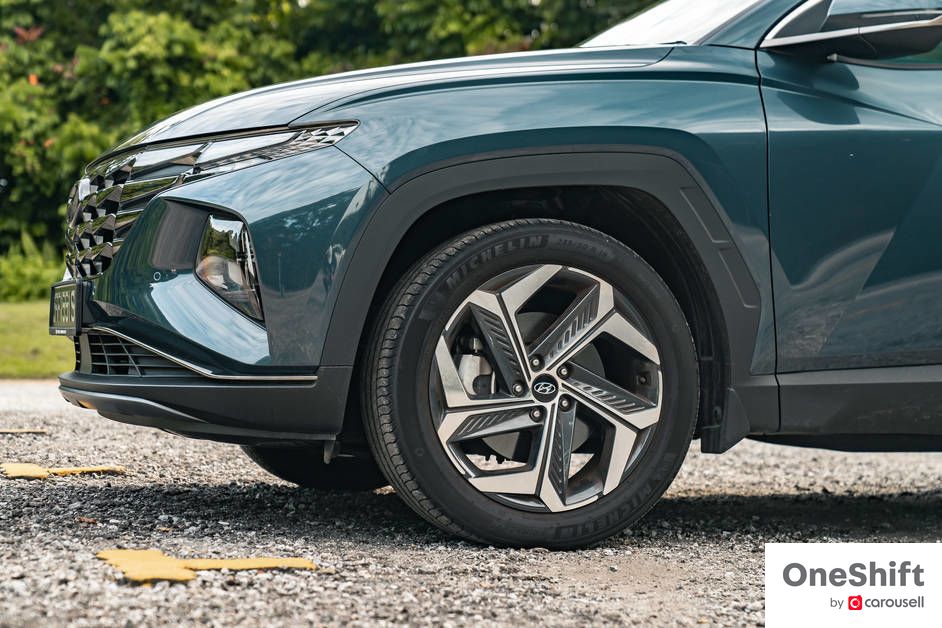
As compared to the larger Sante Fe, the Tucson was clearly designed for the younger market. The side of the car features sharp, angular lines which Hyundai believes creates an impression of forward motion even when the car is at a standstill.

The parametric theme continues at the rear. The rear bumper has 3D pattern details integrated within and the rear taillights have hidden shapes that light up strongly in the dark. All in, Hyundai has created a boldly designed mainstream SUV.
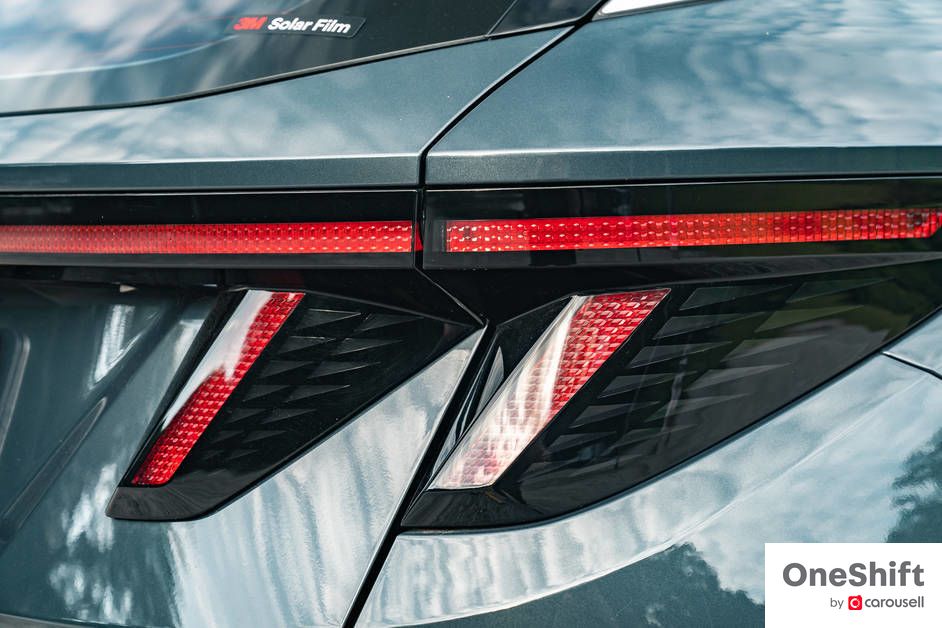
The interior of the Tucson Hybrid is a very comfortable place to be in. The ventilated cream leather seats brighten the interior ambience and there is a good mix of leather and metal accents against the piano black centre console. The dashboard has also been raised to create a sense of spaciousness for the front passengers.
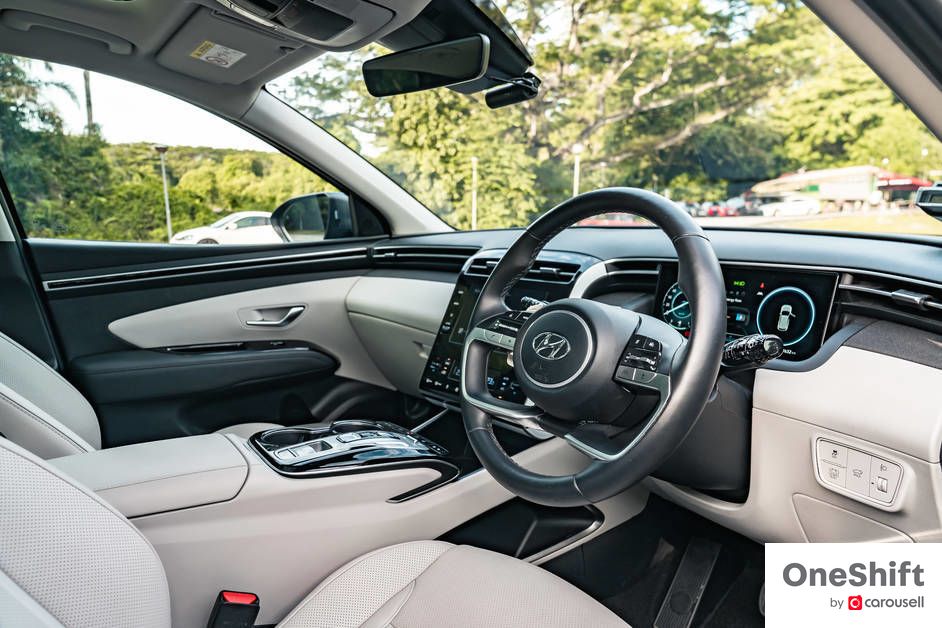
Like its bigger brethren, the Tucson Hybrid also utilises shift-by-wire gear selector buttons on the centre console. Everything is fully electric here, with the gear selection buttons and the electric parking brake buttons all aligned in a single row.
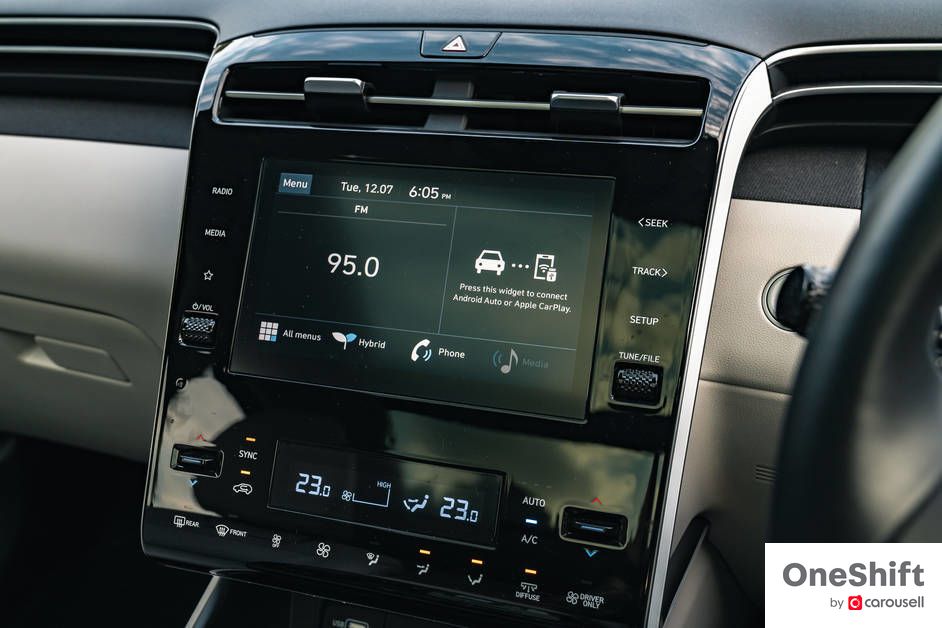
There is a particular function in the Tucson that is worthy of praise in our tropical weather – the Multi-Air Mode. It provides passengers with greater comfort by ensuring that cold air from the aircon is dispersed via a combination of direct and indirect air vents. It reduces direct air contact and softens the airflow. Passenger comfort is increased by reducing the amount of direct air contact and the eye-drying gusts of cold air when the system is at full blast.
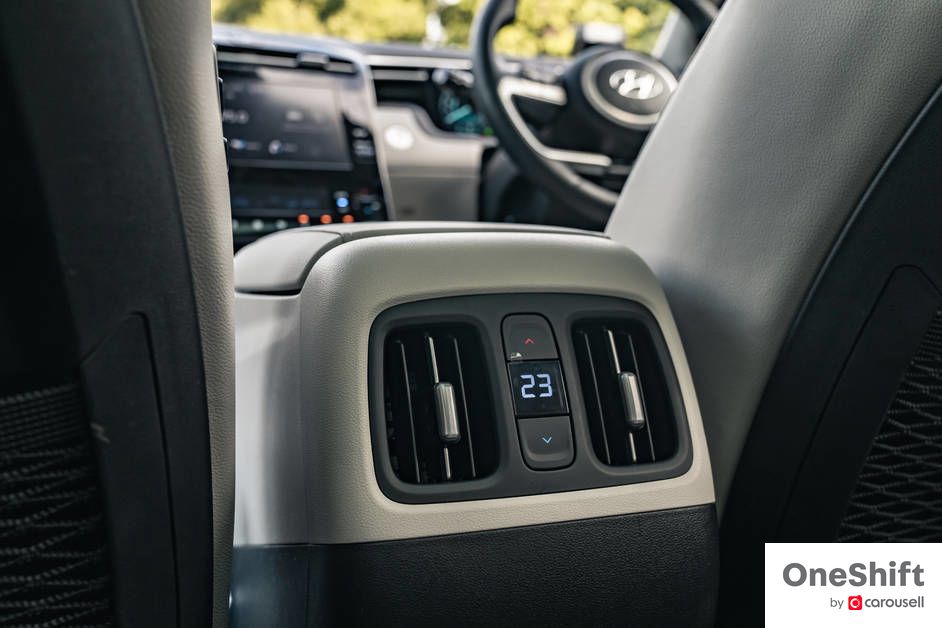
Three-zone climate control is standard and rear passengers have their own aircon controls too.
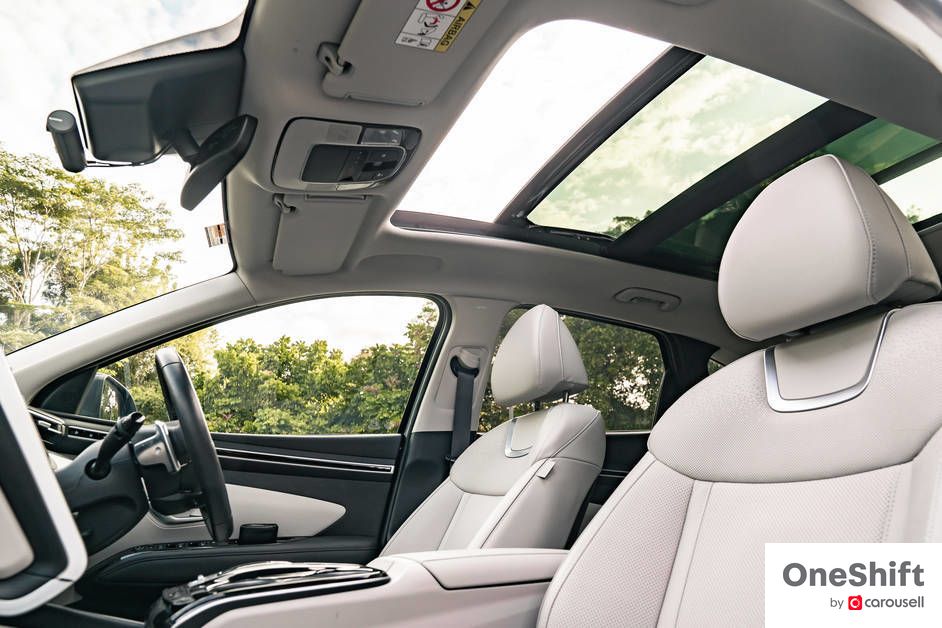
It is interesting that Hyundai has two sizes for the Tucson. The Tucson Hybrid tested here is the shorter wheelbase model with a total length of 4.5m whilst the normal petrol-only Tucson is longer at 4.63m. Despite having a shorter wheelbase, there is ample rear legroom in the Tucson Hybrid and it is already 26mm longer than the older model.
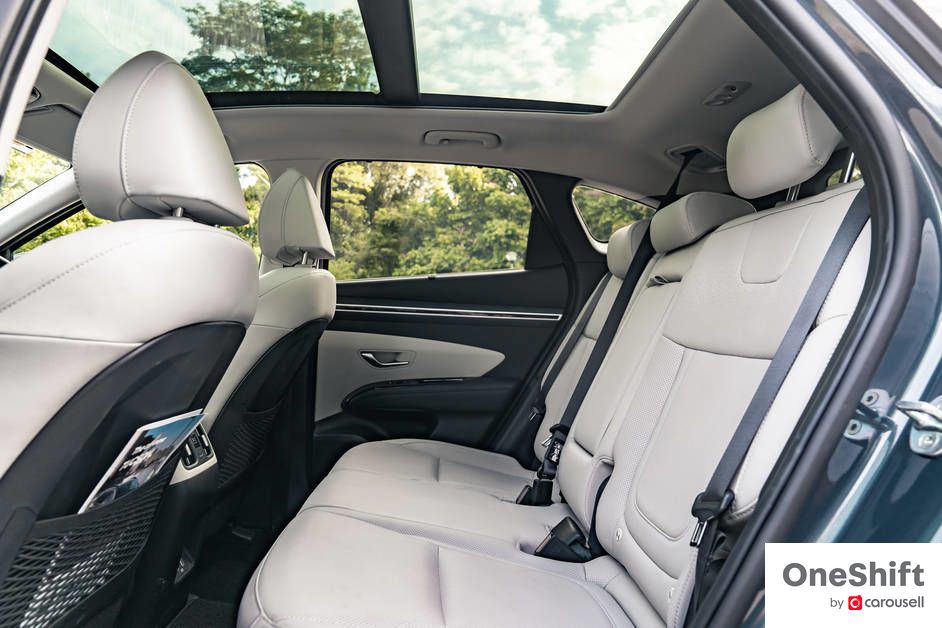
The car’s smaller footprint shines from a performance aspect. It is powered by the same Smartstream hybrid powertrain found in the larger Sante Fe Hybrid. The 1.6 T-GDi engine is paired with a 44.2kW electric motor and a 1.49 kWh lithium-ion polymer battery. Standalone, the engine produces 180hp and 265Nm but in hybrid guise, the combined power output increases to 230hp and 350Nm. This allows the Tucson Hybrid to reach 100 km/h in just 8.0s and up to a top speed of 193 km/h.
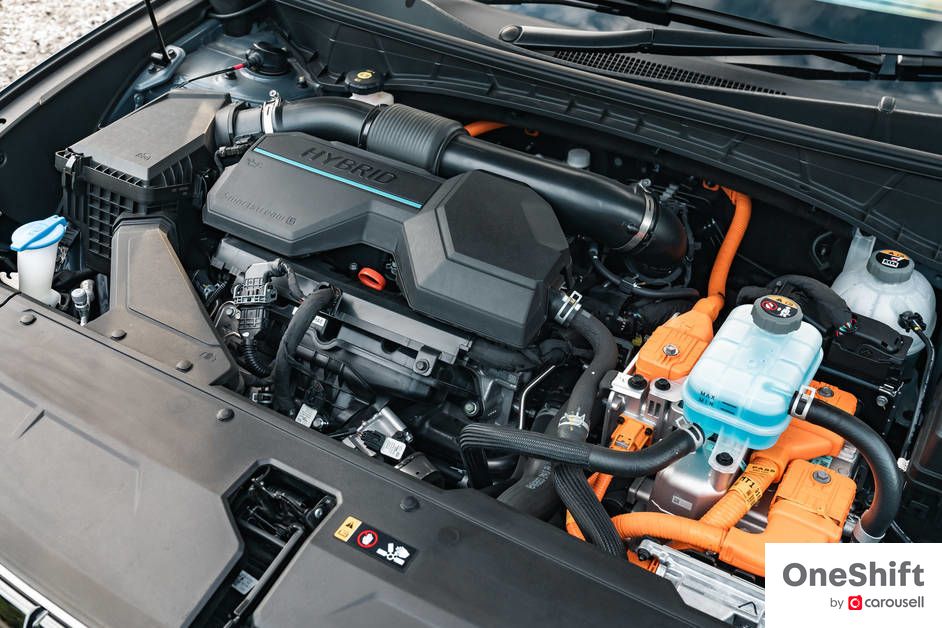
The Hybrid variant also features Hyundai’s new 4-wheel independent Electronic Controlled Suspension (ECS) which could be an industry-first for a mainstream family SUV. ECS provides a comfortable and pliant ride in Normal mode by factoring in driving conditions such as speed, surface quality, acceleration and more. In Sport mode, the damping force to each wheel is increased to reduce roll and pitch for a sportier drive. Whilst ECS ensures that the car does not bottom out when going over large dips, the car does feel like it has an artificial bump-stop when going over humps.
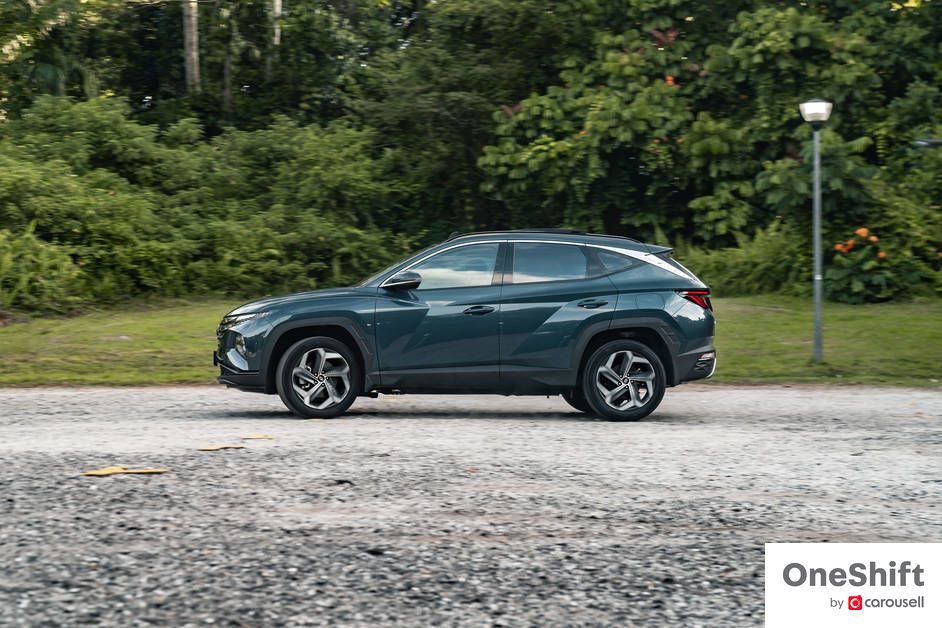
Like the Santa Fe, the Tucson Hybrid is equipped with Hyundai’s advanced driver assistance systems, termed as Smartsense. The active safety and driving assistance features are well engineered and integrate seamlessly into the driving experience. It comprises a long list of 10 safety features and notable ones include – Forward Collision-Avoidance with Junction Turning, Rear Cross-traffic Collision Assist, Blind-spot View Monitor and Safe Exit Assist. The car also has a new first row centre console side airbag which reduces the risk of front passengers colliding with one another in the event of a side collision.
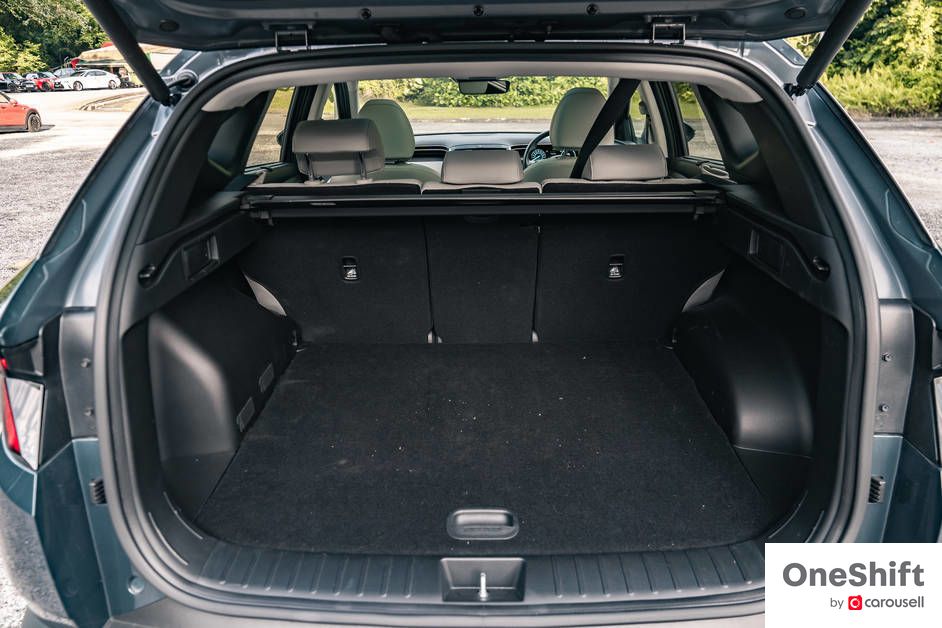
At $206,999, the Tucson Hybrid costs 3 grand more than the petrol-only model. Although it is slightly smaller, it is the model to have thanks to the excellent Smartstream hybrid drivetrain. The Tucson Hybrid is safe, refined and comfortable and is a very strong contender to its Japanese rivals. Build quality and performance have also improved vastly as compared to the older models. However, at current high COE prices, the larger Santa Fe Hybrid may make more monetary sense as it provides the space, comfort and flexibility of a 7-seater with the same drivetrain.
In Summary
We Like: Quick acceleration, Multi-Air aircon dispersion function, High level of standard equipment & features.
We Don't: Electronic suspension good on roads but slightly harsh over humps.
Verdict: The Tucson Hybrid has a brilliant hybrid drivetrain but the ‘Sensuous Sportiness’ design language may be too futuristic for some.

